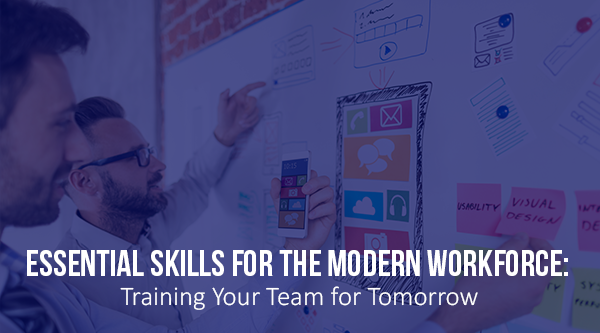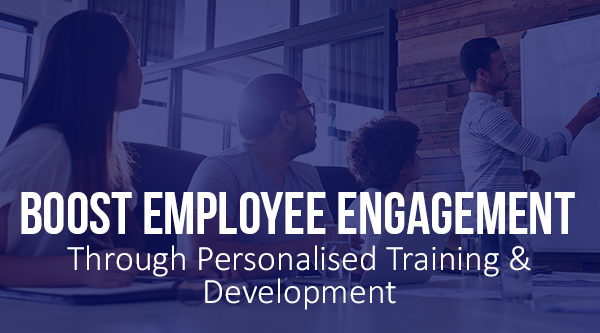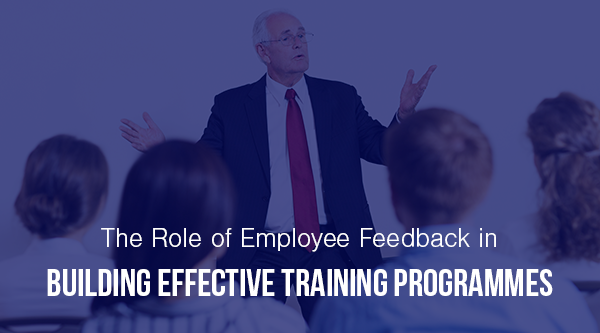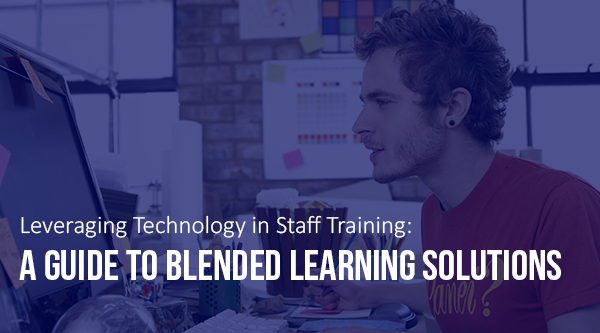Why Flexibility in Training Programmes is Key to Success
From emerging technologies to shifting customer expectations, businesses must adapt quickly to remain competitive. One of the most effective ways to prepare your workforce for these changes is through training. But not just any training. Success today requires flexibility in training programmes that adapt to your needs, your people, and your pace.
At Optimum Results, we’ve seen first hand how flexible training empowers organisations to respond to change, build resilience, and achieve long-term growth. In this blog, we explore why adaptability in your learning approach is no longer a luxury, it’s a necessity.
Why Traditional Training Falls Short
Traditional training models often follow a rigid structure. Sessions are scheduled months in advance, delivered in person, and cover standardised content. While this can work in some settings, it leaves little room for changes in the business environment.
Let’s say a company rolls out a new CRM system mid-year. If the existing training plan doesn’t account for it, employees are left without the skills needed to use it effectively. That’s wasted time, lost productivity, and a missed opportunity.
In contrast, flexibility in training ensures you’re never stuck with a one-size-fits-all approach. It allows your programme to evolve in real-time alongside your business needs.
The Benefits of Flexibility in Training
Adopting a more adaptive training approach can deliver major advantages for businesses of all sizes. Here’s how:
1. Responsive to Business Change
Flexible training models allow you to respond quickly to industry changes, new technologies, or internal restructuring. Whether it’s upskilling your team for a digital shift or preparing for a new compliance requirement, a responsive programme can keep you ahead of the curve.
2. Supports Different Learning Styles
Not everyone learns in the same way. Some team members prefer in-person workshops, while others absorb more through self-paced online learning. A flexible training approach combines various formats, blended learning, webinars, and on-demand modules to meet diverse learning preferences.
3. Improves Employee Engagement
When staff feel that training is relevant to their roles and tailored to their development, engagement increases. Employees are more likely to participate, retain knowledge, and apply it in their daily work. This boosts both morale and performance.
4. Reduces Downtime
With flexible options like microlearning or eLearning, employees don’t need to leave their roles for long periods. Training becomes part of the working day, rather than an interruption to it. This leads to better time management and continuity in operations.
Building Flexibility Into Your Training Strategy
Creating a flexible training programme doesn’t mean starting from scratch. It means designing a structure that can evolve. Here are a few steps to get started:
Assess Your Current Training
Evaluate what’s working and what’s not. Are your current methods supporting learning goals? Are they accessible to all employees?
Set Clear, Adaptive Goals
Define your objectives, but leave room for adjustments. For example, instead of setting a fixed training schedule for the year, plan for quarterly reviews to assess new needs.
Invest in Modular Learning
Create training content in smaller, stand-alone modules. This makes it easier to swap out or update material without overhauling the entire programme.
Choose the Right Technology
Learning Management Systems (LMS) like SeamsCloud (developed by our sister company) offer flexible delivery and tracking. These platforms support blended learning, making it easier to adapt training to your organisation’s changing demands.
Real-World Example: Training in Times of Uncertainty
During the COVID-19 pandemic, many businesses had to pivot almost overnight. Companies with rigid training models struggled to adapt. But those with flexible frameworks were able to shift to online learning, roll out updated health and safety content, and support staff through changing conditions.
One Optimum Results programme, a group of national retailers, adapted their Management Development Programme to virtual workshops and digital resources. The result? Zero disruption to training delivery and improved staff confidence during uncertain times.
The Future of Learning is Agile
As the pace of change continues to accelerate, the most successful organisations will be those that prioritise flexibility in training. Agile learning environments create innovation, resilience, and a culture of continuous improvement.
We design bespoke training programmes that grow with your business. Whether you’re looking to upskill your management team, support a digital transition, or improve employee performance, our flexible approach ensures your training stays relevant and results-driven.
Ready to build a flexible training strategy that adapts with you?
Get in touch with Optimum Results today and discover how our tailored learning solutions can transform your business from the inside out.
More from our blog
-
 Reading time: 2 MinutesMay 28, 2025
Reading time: 2 MinutesMay 28, 2025 -
 Reading time: 2 MinutesMay 8, 2025
Reading time: 2 MinutesMay 8, 2025 -
 Reading time: 3 MinutesApril 22, 2025
Reading time: 3 MinutesApril 22, 2025 -
 Reading time: 2 MinutesApril 15, 2025
Reading time: 2 MinutesApril 15, 2025 -
 Reading time: 2 MinutesMarch 24, 2025
Reading time: 2 MinutesMarch 24, 2025 -
 Reading time: 2 MinutesMarch 10, 2025
Reading time: 2 MinutesMarch 10, 2025

